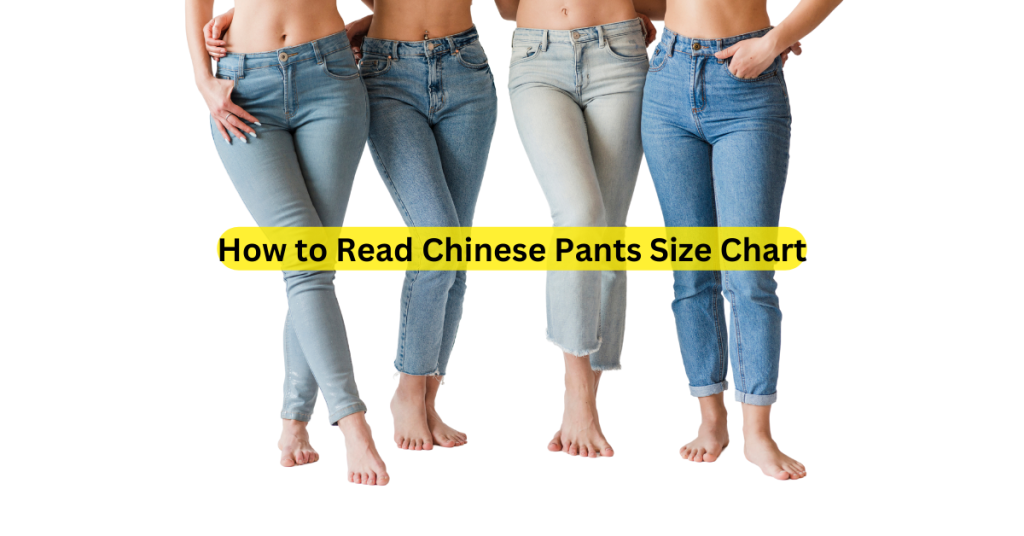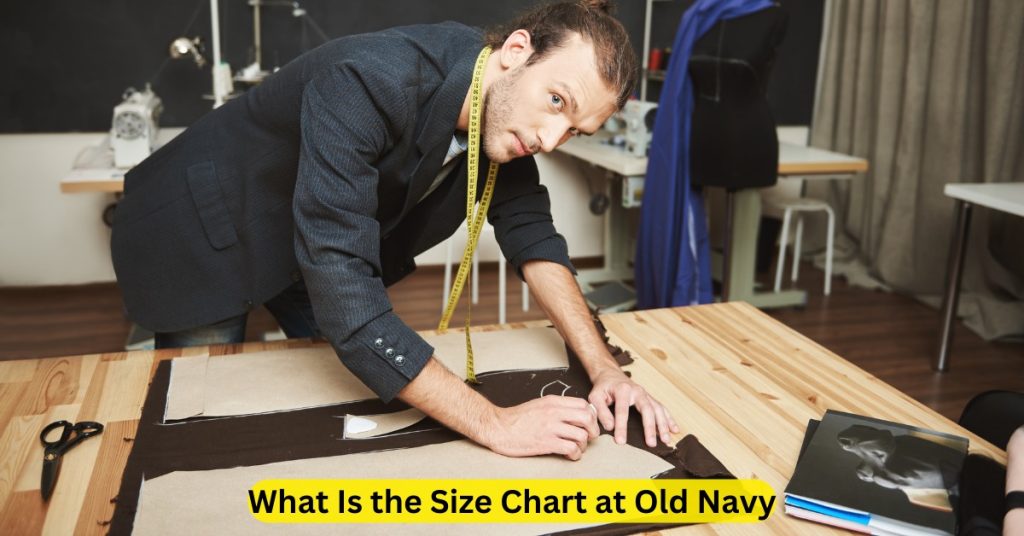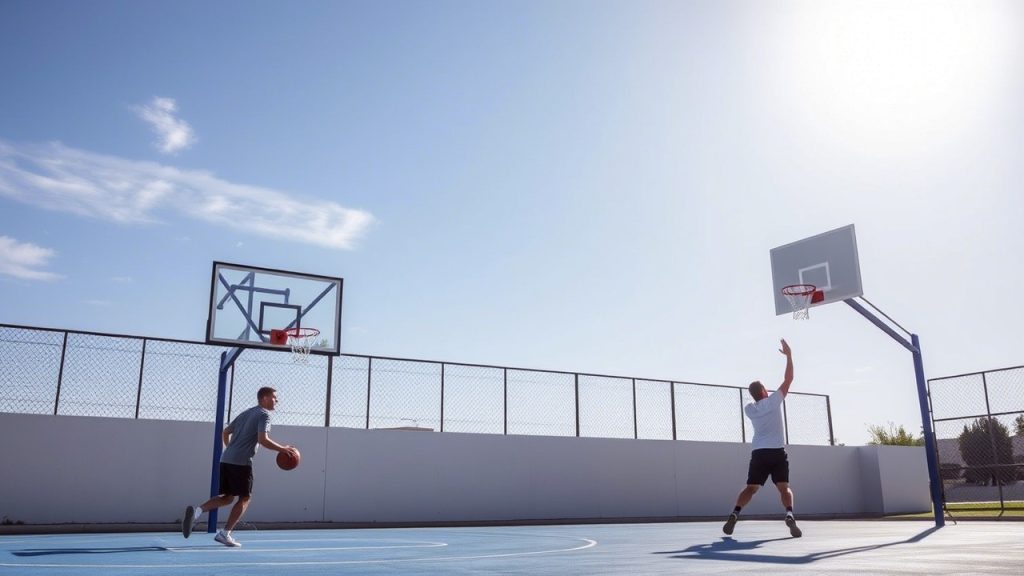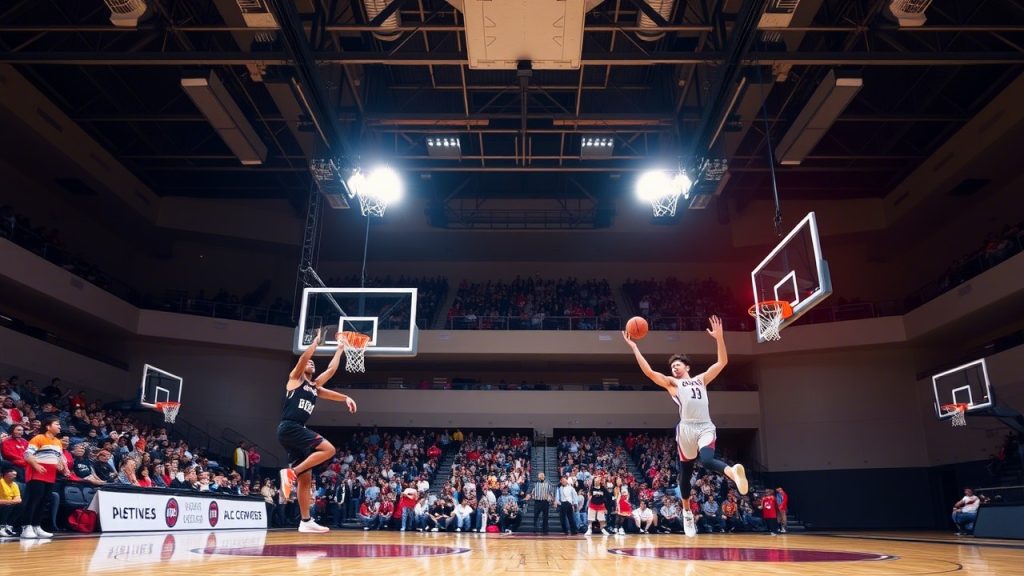22 Best Ski Boot Size Chart Ideas to Get the Right Fit
When it comes to skiing, one of the most important pieces of gear is your ski boots. They play a significant role in your overall skiing experience, from comfort and support to performance and injury prevention. The key to having a great day on the slopes is ensuring that your ski boots fit properly. Ill-fitting boots can cause discomfort, pain, and even injuries, while the right fit enhances your skiing performance and comfort.
Finding the perfect ski boot size can be challenging, especially with the different sizing systems, foot shapes, and types of skiing you do. But don’t worry! This guide will help you navigate the often-overwhelming world of ski boot sizing. We’ll explore 22 best ski boot size chart ideas that will help you understand the right measurements for your ski boots and achieve the best fit possible.
Why Proper Ski Boot Fit Is Important
Before we dive into the ski boot sizing charts, it’s essential to understand why a proper fit is crucial:
- Control and Performance: Ski boots are the connection between you and your skis. A snug fit ensures better power transfer and control, which allows for smoother turns, better edge control, and overall improved skiing performance.
- Comfort: Skiing involves being on your feet for hours at a time, which can lead to discomfort if your boots don’t fit properly. The right ski boot will keep your feet comfortable, reducing the risk of blisters, soreness, and fatigue.
- Injury Prevention: Ski boots that are too loose can cause your feet to slide around, leading to decreased control. On the other hand, boots that are too tight can cause circulation issues, numbness, and pain. A proper fit ensures you maintain the right posture and avoid unnecessary strain, reducing the risk of injury.
- Warmth: Ill-fitting boots can lead to cold feet. Boots that fit properly will help trap warmth while ensuring a snug, but not restrictive, fit.
With these key benefits in mind, let’s jump into the best ski boot size chart ideas to help you achieve a perfect fit.
22 Best Ski Boot Size Chart Ideas to Get the Right Fit
1. Mondo Point Size Chart (International Standard)
The Mondo Point system is the most widely accepted international ski boot sizing method. It measures the length of your foot in centimeters (cm), providing a precise fit. Here’s a quick conversion from Mondo Point to US and European sizes:
| Mondo Point Size (cm) | US Men’s Size | US Women’s Size | EU Size |
|---|---|---|---|
| 22.0 | 4.0 | 5.0 | 36 |
| 23.0 | 5.0 | 6.0 | 37 |
| 24.0 | 6.0 | 7.0 | 38 |
| 25.0 | 7.0 | 8.0 | 39 |
| 26.0 | 8.0 | 9.0 | 40 |
| 27.0 | 9.0 | 10.0 | 41 |
| 28.0 | 10.0 | 11.0 | 42 |
2. US Size to Mondo Point Conversion Chart
If you’re familiar with US shoe sizes, you can use this conversion chart to find your Mondo Point size:
| US Men’s Size | Mondo Point Size (cm) | US Women’s Size | Mondo Point Size (cm) |
|---|---|---|---|
| 7 | 25.0 | 8 | 25.5 |
| 8 | 26.0 | 9 | 26.5 |
| 9 | 27.0 | 10 | 27.5 |
| 10 | 28.0 | 11 | 28.5 |
| 11 | 29.0 | 12 | 29.5 |
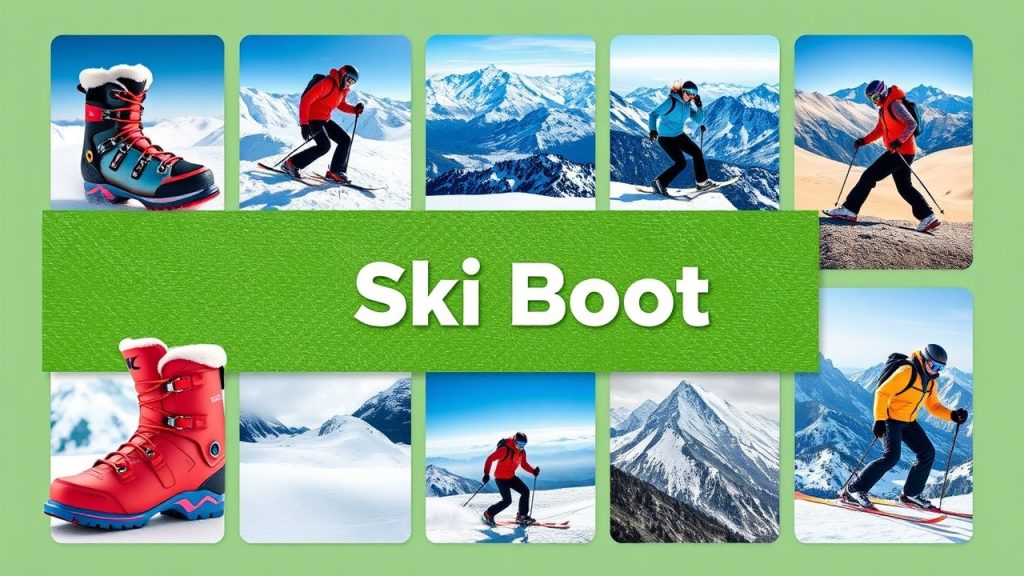
3. European Size to Mondo Point Conversion
For those accustomed to European sizing, here’s a chart that will help you match your EU size to the Mondo Point system:
| European Size (EU) | Mondo Point Size (cm) |
|---|---|
| 38 | 24.0 |
| 39 | 25.0 |
| 40 | 26.0 |
| 41 | 27.0 |
| 42 | 28.0 |
| 43 | 29.0 |
4. Foot Width and Ski Boot Fit Chart
Your foot width plays a big role in choosing the right ski boot. If you have narrow, medium, or wide feet, this chart will help you determine which boot width you need:
| Foot Width (mm) | Boot Width Category |
|---|---|
| 98-100 | Narrow |
| 101-103 | Medium |
| 104-106 | Wide |
| 106+ | Extra Wide |
5. Ski Boot Flex Rating Chart
The flex rating of your ski boot determines how stiff or flexible the boot is. This rating affects your skiing experience. Here’s a chart to help you choose the right flex based on your skill level:
| Ski Boot Flex Rating | Ideal for |
|---|---|
| 50-60 | Beginner skiers |
| 60-80 | Intermediate skiers |
| 80-100 | Advanced skiers |
| 100-120 | Expert skiers |
| 120+ | Professional skiers |
6. Custom Footbed Size Chart
Custom footbeds (insoles) can enhance comfort by molding to the shape of your foot. Use this chart to find the right footbed size based on your foot length:
| Foot Length (cm) | Footbed Size |
|---|---|
| 22.0 | S |
| 24.0 | M |
| 26.0 | L |
| 28.0 | XL |

7. Foot Length and Ski Boot Fit Chart
Here’s a simple chart to match your foot length to the correct Mondo Point size:
| Foot Length (cm) | Mondo Point Size (cm) |
|---|---|
| 23.0 | 23.0 |
| 24.5 | 24.5 |
| 26.0 | 26.0 |
| 27.5 | 27.5 |
| 29.0 | 29.0 |
8. Ski Boot Size Chart for Children
Kids’ feet grow fast, so it’s important to choose ski boots that are the right size but also allow room for growth. This chart helps you find the best ski boots for children:
| Mondo Point Size (cm) | US Kids’ Size |
|---|---|
| 18.0 | 11C |
| 19.0 | 12C |
| 20.0 | 13C |
| 21.0 | 1Y |
| 22.0 | 2Y |
9. Thermoformable Ski Boot Size Chart
Thermoformable ski boots use heat to mold the liner to your foot for a custom fit. Here’s a chart to help you determine if this option is right for you:
| Foot Length (cm) | Thermoformable Size |
|---|---|
| 23.0 | Small |
| 24.5 | Medium |
| 26.0 | Large |
| 28.0 | Extra Large |
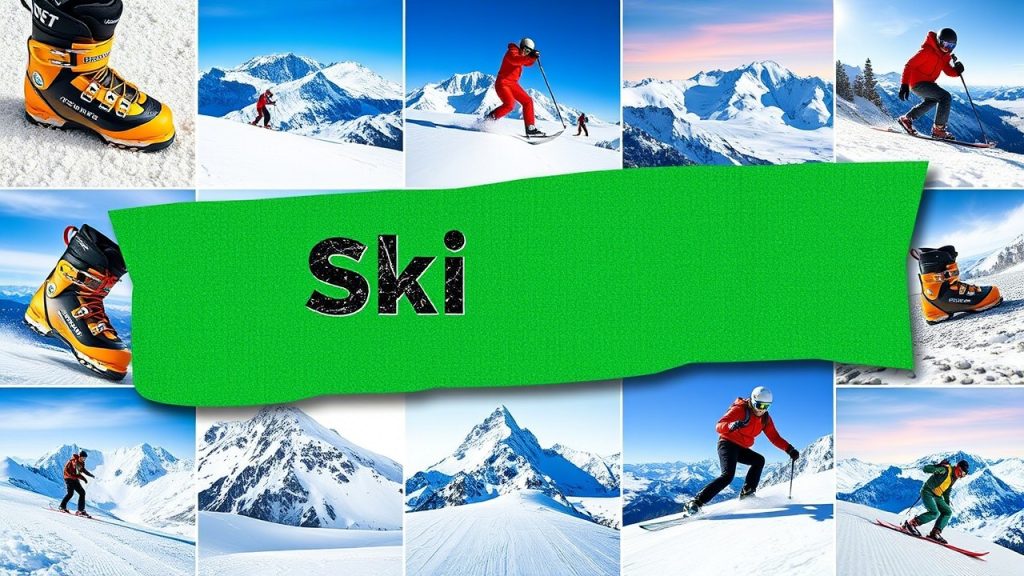
10. Ski Boot Fit for Different Foot Shapes
People have different foot shapes, and ski boots should accommodate these variations. Here’s a guide to help you choose the best boots based on foot shape:
| Foot Shape | Recommended Boot Fit |
|---|---|
| High Arches | Stiff boots, good arch support |
| Low Arches | Soft boots, cushioning |
| Wide Feet | Wide boots, extra space |
| Narrow Feet | Narrow boots, snug fit |
11. Ski Boot Size Chart for Women
Women’s ski boots are designed to fit the anatomical differences between men’s and women’s feet, including narrower heels. This chart helps women find the right size:
| Mondo Point Size (cm) | US Women’s Size |
|---|---|
| 22.0 | 5 |
| 23.0 | 6 |
| 24.0 | 7 |
| 25.0 | 8 |
12. Ski Boot Sizing for High Arches
High arches require additional support and cushioning in your ski boots. If you have high arches, consider looking for boots with added arch support or custom insoles.

13. Ski Boot Sizing for Flat Feet
For skiers with flat feet, boots that offer additional cushioning and support are crucial. Look for boots with soft flex ratings and customizable liners to enhance comfort.
14. Ski Boot Size Chart for Professional Skiers
Professional skiers require highly precise boot fittings to achieve peak performance. This guide provides recommendations for those who need a perfect fit:
| Mondo Point Size (cm) | US Size |
|---|---|
| 24.0 | 6 |
| 25.0 | 7 |
| 26.0 | 8 |
15. Ski Boot Fit for Older Skiers
Older skiers often need softer boots with more flexibility for comfort. Look for boots with a soft flex rating and cushioning for extra support.
| Age Group | Recommended Boot Flex Rating |
|---|---|
| Seniors | Soft flex |
16. Wide Ski Boot Size Chart for Wide Feet
If you have wide feet, look for boots specifically designed with extra width. Here’s a chart that will guide you in choosing the right boots:
| Foot Width (mm) | Boot Width Category |
|---|---|
| 104-106 | Wide |
| 106+ | Extra Wide |
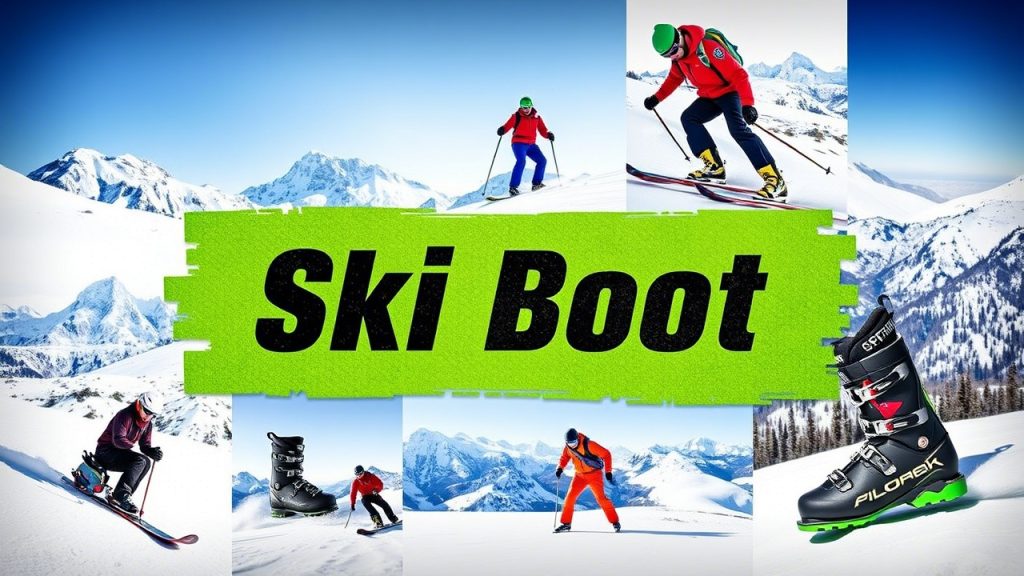
17. Boot Length vs. Foot Length Comparison
Your boot length should be in proportion to your foot length. Use this chart to help you match the two:
| Foot Length (cm) | Boot Length (cm) |
|---|---|
| 24.0 | 24.5 |
| 26.0 | 26.5 |
| 28.0 | 28.5 |
18. Ski Boot Sizing for Freestyle Skiing
Freestyle skiing requires boots that offer flexibility and comfort for jumping and tricks. Here’s a chart to help you choose the best freestyle ski boots:
| Skiing Style | Boot Characteristics |
|---|---|
| Freestyle | Soft to medium flex, comfort-focused |
19. Ski Boot Sizing for Alpine Skiing
Alpine skiing demands stiffer boots for precise control and stability. Choose boots that offer a snug fit and stiff flex for maximum performance.
| Skiing Style | Boot Characteristics |
|---|---|
| Alpine | Stiff flex, snug fit |
20. Ski Boot Sizing for Backcountry Skiing
Backcountry skiing requires boots that are flexible and lightweight to allow for climbing and hiking. Choose boots that provide support while maintaining flexibility.
| Skiing Style | Boot Characteristics |
|---|---|
| Backcountry | Medium flex, all-terrain comfort |
21. Adjustable Ski Boot Size Chart
Some ski boots come with adjustable sizing options to accommodate foot changes throughout the season. These boots are perfect if you need a bit more room as your feet expand.
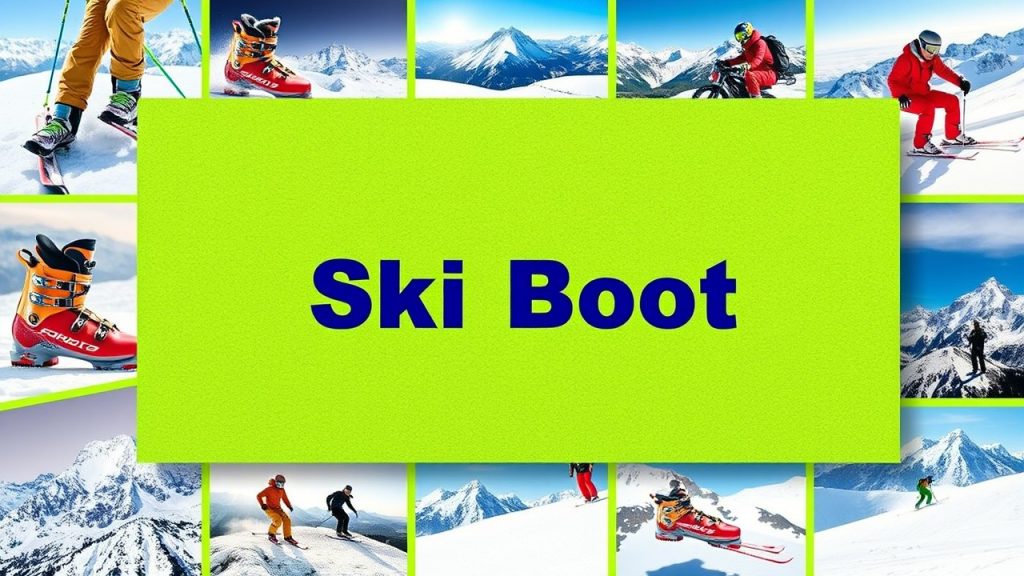
22. Ski Boot Size for Extreme Cold Conditions
For skiing in extremely cold conditions, you need boots that provide insulation and protection from the elements. Look for boots designed for warmth and waterproofing.
Frequently Asked Questions
- How do I know if my ski boots fit properly? Your ski boots should feel snug but not restrictive. Your toes should lightly touch the front of the boot, but they should not be cramped. You should be able to wiggle your toes slightly but not move your feet around inside the boot.
- What is the Mondo Point sizing system? Mondo Point is a ski boot sizing system that measures the length of your foot in centimeters. It’s considered the most accurate system for determining the right boot size.
- What should I do if my ski boots feel too tight? If your boots feel too tight, they might be too small, or the liners could need some adjustment. Visit a boot fitter to see if custom insoles or heat-molding options can help.
- Can ski boots be too loose? Yes, if your ski boots are too loose, you may lose control, and your feet can slide around, causing discomfort and affecting your performance. A proper fit is essential for maintaining control.
- What’s the best ski boot flex for beginners? Beginners should look for a softer flex, as this will allow for easier turns and more comfort. A flex rating of 50-60 is generally ideal for new skiers.
- How do I measure my foot for ski boots? Stand on a piece of paper, and trace your foot. Measure the length from your heel to the tip of your longest toe. This will give you the foot length, which can be converted into Mondo Point size.
- Can I use custom insoles in any ski boot? Most ski boots can accommodate custom insoles, and they can greatly enhance comfort and fit. Visit a professional boot fitter to see if custom footbeds are right for you.
- Should I buy ski boots based on my regular shoe size? Ski boots tend to fit differently than regular shoes, so it’s essential to use ski boot size charts rather than relying solely on your regular shoe size.
- How can I tell if my ski boots are too stiff? If your boots feel overly rigid and you’re unable to flex your ankles comfortably, the flex may be too stiff for your skill level. Ski boots with a softer flex rating are typically more forgiving for beginners.
Conclusion
Getting the right ski boot size is essential to ensuring comfort, performance, and safety while skiing. Use these 22 ski boot size chart ideas to help you find the best fit, and don’t hesitate to visit a professional boot fitter to get personalized recommendations. The perfect pair of ski boots will make all the difference in your skiing experience, so take the time to find your ideal match! Happy skiing!


